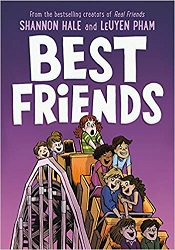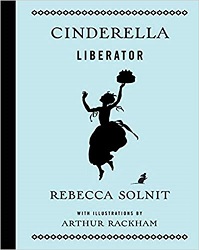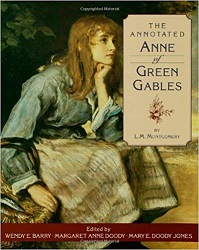Review of Best Friends, by Shannon Hale and LeUyen Pham
by Shannon Hale
Artwork by LeUyen Pham
Color by Hilary Sycamore
First Second, 2019. 250 pages.
Starred Review
Review written September 3, 2019, from a library book
Best Friends is a follow-up to Shannon Hale and LeUyen Pham’s wonderful graphic memoir, Real Friends, but you definitely can appreciate Best Friends even if you haven’t read the first book.
Best Friends covers one year of Shannon’s life – the year in sixth grade. I give Shannon credit for telling her story – because who would really want to relive sixth grade?
Shannon and LeUyen beautifully portray the questions that come into a kid’s mind as they try to figure out the “rules” of friendship and how they change as you get older. Shannon starts out the year best friends with the leader of “The Group,” which puts her in a good position. But can she stay there? And do her friends really like her for who she is? And what about boys?
Here’s a bit portrayed like a board game:
Sixth-grade friendships were like a game…
only as soon as I’d figure out the rules…
…they’d change again.Games have losers. I was worried that losing this game meant I’d lose my best friend.
I especially like the way Shannon’s obsessive thoughts and problems with anxiety are portrayed as black clouds hanging over her and around her full of awful accusations (such as “Everyone thinks you’re stupid.”) and scary questions (such as “Is your mom dead?”). At the back of the book, Shannon has a note about anxiety and OCD. Here’s part of that note:
Anxiety is a totally normal feeling, and like all feelings, it’s important. It becomes an anxiety disorder when our worries get out of control day after day after day, when the worries don’t always make sense, when they keep us from doing things we want or need to do, and they make us feel awful. For most people who have an anxiety disorder, “just ignore it” doesn’t work.
Sometimes anxiety gave me feelings of dread – warnings that something bad was going to happen. At times I believed worrying was a power that kept me and the people I loved safe. But that wasn’t true. Talking with people who understand anxiety has helped me to untangle all my feelings. It’s taken me time to develop skills that help me manage anxiety. You can find more information at adaa.org (Anxiety and Depression Association of America).
But my favorite part of Best Friends were the scenes from a book Shannon Hale was writing in sixth grade. (She shows two pages of the manuscript at the back.) I like the way you can see Shannon was dealing with her real-life challenges by having a fantasy princess deal with similar challenges – and overcome them.
I love the way real-life Shannon was reminded by the fantasy book she was writing that the important thing is to be true to her essence.
It’s probably just as well this book didn’t come out last year when I was on the Newbery committee – I love all Shannon’s books so much, I’d feel like I was biased fighting for it to win. This is an example where it’s too bad the Newbery committee isn’t allowed to take the illustrations into account unless they detract – because these illustrations are the perfect accompaniment to the story. But the story itself has a whole lot of depth as Shannon portrays that universal experience of growing up to where you’re not quite a child any longer, and everything begins to change.
(Disclaimer: I have no idea what this year’s committee will decide and I have no idea how I would feel about this book next to the other contenders this year or how the book will look to the committee. But one thing I’m sure about – my Newbery radar is still active enough that I would definitely note this as a book to Suggest for all the committee members to read.)
I thoroughly enjoyed this book, and I’m confident it’s going to be deservedly popular. It reminded me I’m glad I never have to go through sixth grade again, but for kids who are still facing it, this book will encourage them that they’re not alone.
squeetus.com
leuyenpham.com
firstsecondbooks.com
Find this review on Sonderbooks at: www.sonderbooks.com/Childrens_Nonfiction/best_friends.html
Disclosure: I am an Amazon Affiliate, and will earn a small percentage if you order a book on Amazon after clicking through from my site.
Source: This review is based on a library book from Fairfax County Public Library.
Disclaimer: I am a professional librarian, but I maintain my website and blogs on my own time. The views expressed are solely my own, and in no way represent the official views of my employer or of any committee or group of which I am part.
What did you think of this book?


